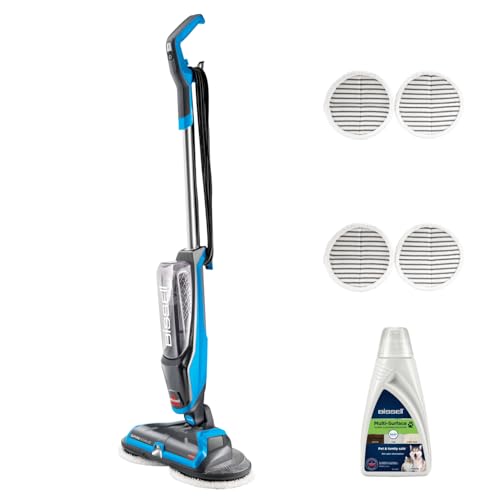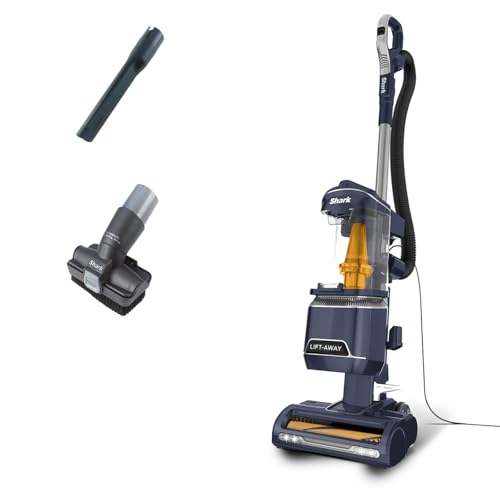


Buying a new washing machine is an exciting moment, and you can’t wait to start using it. However, there is a looming question that many people ask themselves – should you run a new washing machine empty first?
Opinions on this matter can vary, but according to experts, it is generally recommended to run a new washing machine empty before using it for your laundry. This first empty run is necessary to remove any traces of manufacturing residue, dust, or dirt that may have accumulated during the production and transportation process. Doing so will help ensure that your washing machine functions optimally and that your clothes come out clean and fresh.
During this empty run, you don’t need to add any detergent or laundry. Simply fill the machine with water and let it complete a full cycle. Some manufacturers even provide specific instructions on how to run the first empty cycle, so it might be worth checking the user manual for guidance.
By running a new washing machine empty first, you are taking an important step to maintain the longevity of your appliance. Cleaning out any impurities and residue reduces the risk of clogs and build-up, which can lead to more serious issues down the line. Additionally, this initial run helps to get rid of any unpleasant smells that may be present due to packaging materials or other factors.
In conclusion, running a new washing machine empty is a simple yet crucial step to ensure its proper functioning and longevity. By following this advice, you can start using your new appliance with confidence, knowing that it is clean and ready to tackle your laundry needs.
How to Properly Use a New Washing Machine
1. Read the Manual
Before using your new washing machine, it is important to read the manual that comes with it. The manual will provide you with important information about the machine’s features, settings, and maintenance requirements. Be sure to familiarize yourself with this information before operating the machine.
2. Sort Your Laundry
Prior to starting a wash cycle, it is essential to sort your laundry. Separate your clothes based on their color, fabric type, and level of dirtiness. This will help ensure that your clothes are cleaned effectively and prevent any damage to delicate items.
3. Measure Your Detergent
It is important to use the right amount of detergent for each wash cycle. Too much detergent can cause excessive foam and may not rinse out properly, while too little detergent may not clean your clothes effectively. Follow the guidelines provided by the manufacturer or use a measuring cup to ensure the correct amount of detergent is used.
4. Load the Machine Correctly
Properly loading your washing machine is crucial for optimal cleaning results. Avoid overloading the machine, as this can lead to uneven cleaning and strain on the motor. Distribute the clothes evenly inside the drum to ensure balanced spinning and efficient cleaning.
5. Select the Appropriate Setting
Each wash cycle has different settings that cater to specific needs. Choose the appropriate setting for your laundry, such as delicate, normal, or heavy-duty. Additionally, consider the temperature and spin speed options according to the fabric care labels on your clothes.
6. Start the Cycle
Once you have loaded the machine and selected the desired settings, you can start the wash cycle. Close the door securely and press the start button. The machine will begin to fill with water and agitate the clothes. Pay attention to any additional steps or notifications provided by the machine.
7. Maintain the Machine
After each wash cycle, it is important to maintain your washing machine. Empty the lint filter if applicable, and wipe down the exterior and interior surfaces to remove any dirt or detergent residue. Periodically clean the drum and rubber gasket to prevent mold and odor buildup. Follow the manufacturer’s instructions for maintenance and cleaning.
8. Troubleshooting
If you encounter any issues with your washing machine, consult the troubleshooting section of the manual. It may provide simple solutions for common problems such as leaks, excessive noise, or error codes. If the issue persists, contact a professional technician for assistance.
By following these guidelines, you can ensure that your new washing machine is used properly and efficiently for effective and long-lasting performance.
Why Use an Empty Load in a New Washing Machine?
When you purchase a new washing machine, it is recommended to run an empty load before using it for your laundry. This initial empty load serves several purposes and can help ensure optimal performance and longevity for your new appliance.
Removing Residual Manufacturing Materials:
During the manufacturing process, washing machines may accumulate residual materials such as dust, debris, or lubricants. Running an empty load helps to remove these substances and prevent them from interfering with your future laundry loads.
Testing Functionality:

Running an empty load allows you to test the functionality of your new washing machine. This includes checking if the machine fills and drains properly, if the water temperature settings are accurate, and if the machine is operating smoothly without any leaks or unusual noises.
Removing Odors:
Some new washing machines may have a slight odor due to the manufacturing process or storage conditions. Running an empty load with a small amount of detergent can help remove any unpleasant smells and ensure your future laundry loads come out fresh and clean.
Preventing Transfer of Residual Substances:
By running an empty load first, you can prevent the transfer of any residual substances to your clothes. This is especially important if your new washing machine has a stainless steel drum, as certain substances may cause discoloration or stains.
Ensuring Proper Water Flow:
Running an empty load helps to ensure that the water supply and drain hoses are properly connected and functioning correctly. This can prevent any potential water flow issues or leaks, ensuring that your new washing machine operates efficiently and effectively.
Prolonging the Life of Your Washing Machine:
By taking the time to run an empty load before using your new washing machine for your regular laundry, you can help prolong its life and prevent potential issues. This small investment of time can contribute to the long-term performance and durability of your appliance.
| 1. | Removes residual manufacturing materials |
| 2. | Tests functionality |
| 3. | Removes odors |
| 4. | Prevents transfer of residual substances to clothes |
| 5. | Ensures proper water flow |
| 6. | Prolongs the life of your washing machine |
Expert Advice on Running a New Washing Machine Empty
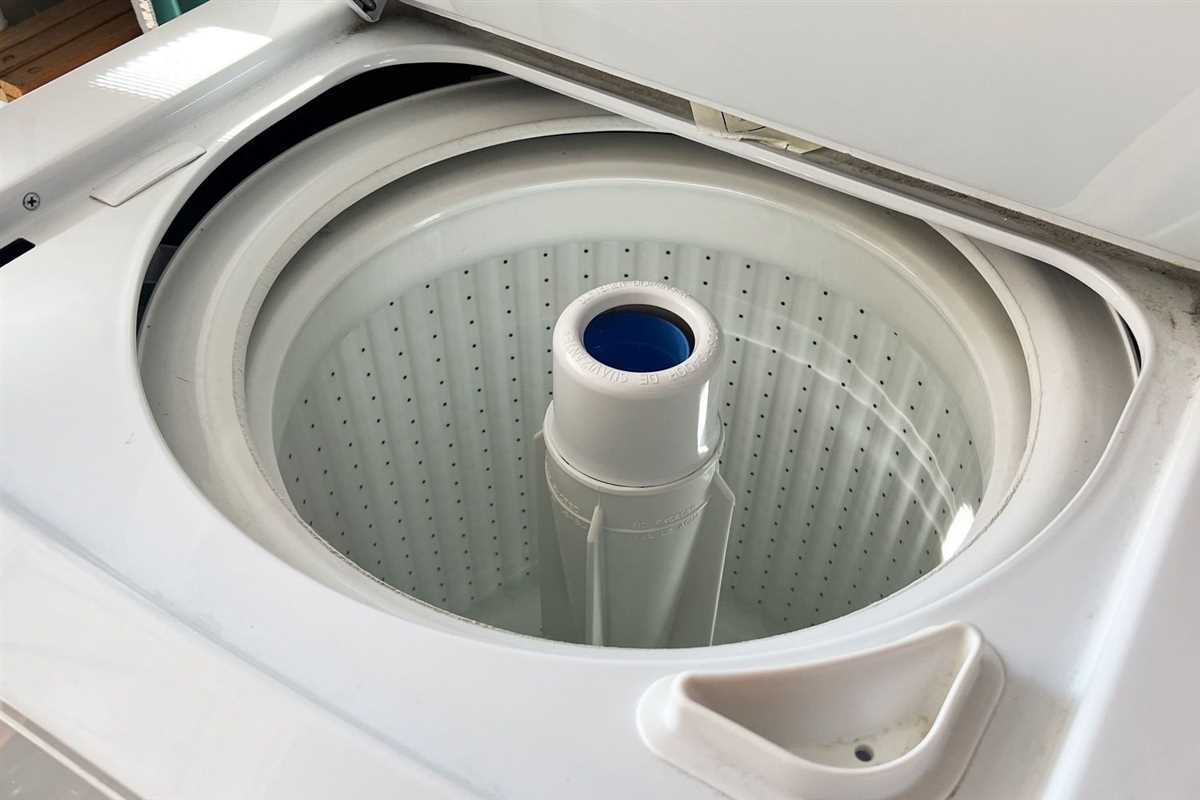
When you purchase a new washing machine, you may be wondering if it’s necessary to run it empty before using it to wash your clothes. Here is some expert advice to help you make an informed decision:
Why run it empty?
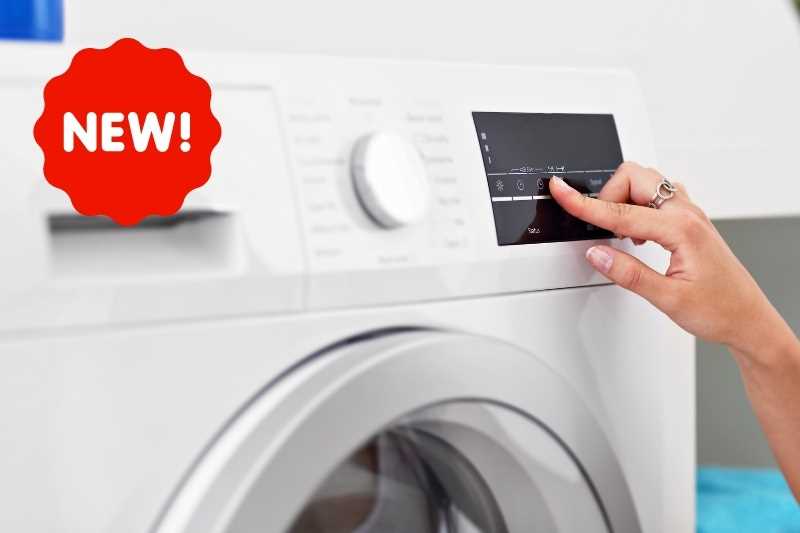
Running a new washing machine empty for the first time can help remove any residue, dust, or debris that may be present from the manufacturing and packaging process. This ensures that these particles do not get transferred to your clothes during the first wash.
Manufacturer’s instructions
Always refer to the manufacturer’s instructions for your specific washing machine model. They will provide guidance on whether running the machine empty is recommended or necessary. Following the manufacturer’s instructions is important to ensure the longevity and proper functioning of your machine.
Preventing damage
Running a new washing machine empty can also help identify any potential issues or malfunctions before you start using it with your clothes. This allows you to address any problems early on, preventing further damage to the machine or your clothes.
Considerations
While running a new washing machine empty can have its benefits, it also consumes water and energy. If you are concerned about environmental impact or want to conserve resources, you may choose to skip this step. However, keep in mind that it’s important to clean the machine periodically to maintain its performance and efficiency.
Final thoughts
Ultimately, the decision to run a new washing machine empty is up to you. Assess the recommendations of the manufacturer, consider your own preferences and circumstances, and make an informed choice. Whether you choose to run it empty or not, maintaining regular cleaning and maintenance routines will ensure the longevity and optimal performance of your washing machine.
Benefits of Running a New Washing Machine Empty
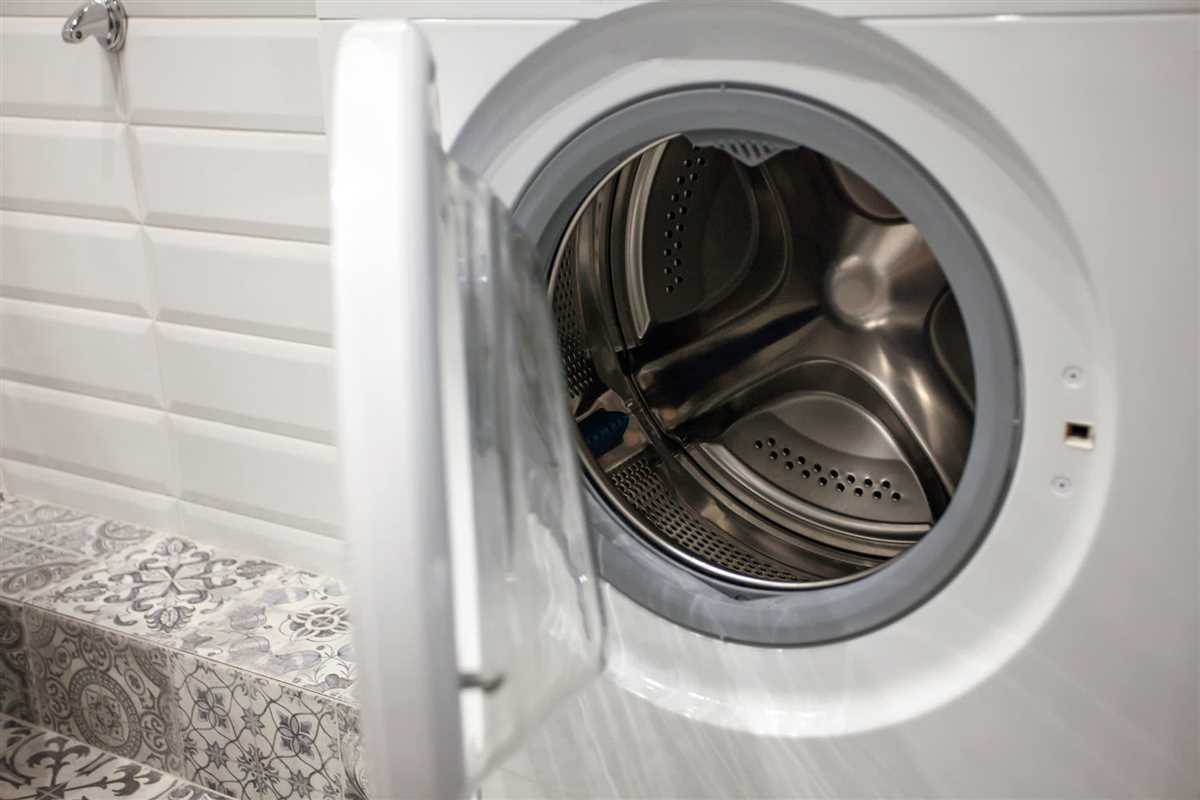
Running a new washing machine empty before using it for the first time may seem like an unnecessary step, but it can actually provide several benefits. Here are a few reasons why you should consider running your new washing machine empty:
- Cleaning the Drum: Running the machine empty allows you to clean the drum thoroughly before washing your clothes. This helps to remove any dust, dirt, or debris that may have accumulated during the manufacturing or shipping process.
- Preventing Stains: Some new washing machines may release small amounts of residue or chemicals during the first few wash cycles. By running the machine empty, you can prevent these substances from staining your clothes.
- Testing Performance: Running the machine without any clothes gives you the opportunity to test its performance and ensure that it is functioning properly. You can check if the water is filling up correctly, if the drum is spinning smoothly, and if there are any unusual noises or vibrations.
- Reducing Odors: New appliances, including washing machines, can sometimes have a slight odor due to the materials used in their construction. Running the machine empty with a small amount of detergent can help to eliminate these odors and make your future laundry smell fresh.
It’s important to note that while running a new washing machine empty has its benefits, it’s still advisable to follow the manufacturer’s instructions and recommendations. Some washing machines may require specific cleaning procedures or initial setup steps before use.
By taking the time to run your new washing machine empty, you can ensure that it is in optimal condition for washing your clothes and prolong its lifespan. So, don’t skip this step and enjoy the benefits of a clean and efficient washing machine!
Tips for Running a New Washing Machine Empty
1. Read the Instruction Manual
Before using your new washing machine, it is important to thoroughly read the instruction manual provided by the manufacturer. The manual will provide you with important information on how to properly operate and maintain the machine.
2. Remove Any Packaging Materials
Before running the washing machine for the first time, make sure to remove any packaging materials that may be present. This includes plastic covers, tapes, and other materials that are used to protect the machine during transportation. Failing to remove these materials can cause damage to the machine and affect its performance.
3. Check the Water Connections
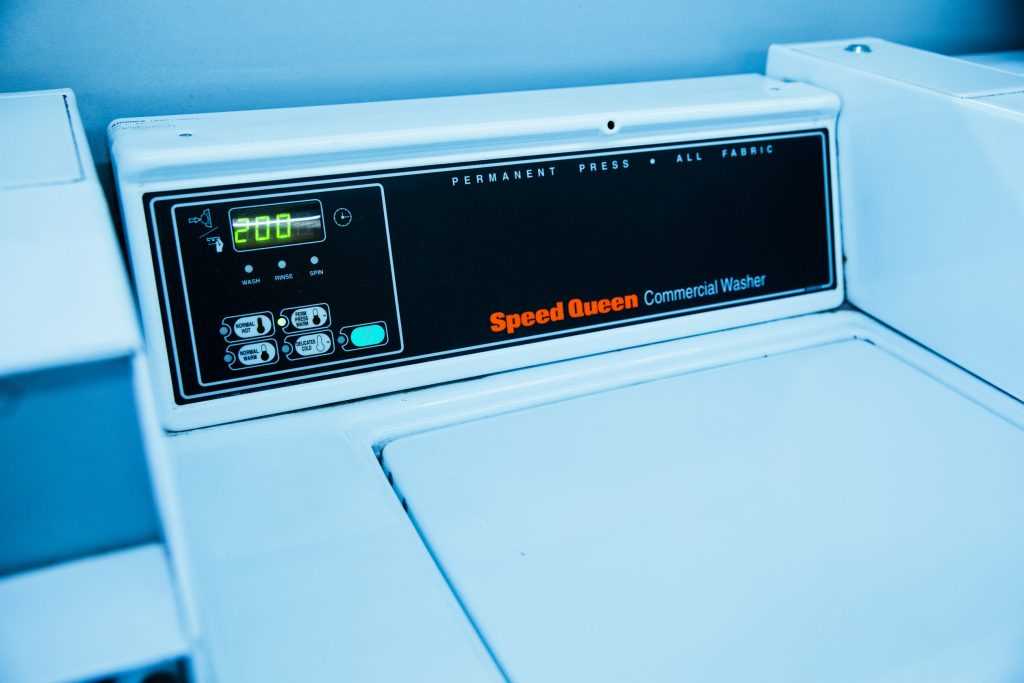
Prior to running the washing machine, ensure that the water connections are properly installed and connected. This includes checking for any leaks or loose connections. It is also a good idea to check the water supply pressure to ensure that it is within the recommended range.
4. Set the Machine to the Correct Settings
Make sure to set the machine to the correct settings before running it empty. This includes selecting the appropriate wash cycle, temperature, and spin speed. Consulting the instruction manual will help you understand which settings are best suited for running the machine for the first time.
5. Run a Test Cycle
It is recommended to run a test cycle with no clothes in the machine before using it for the first time. This will help ensure that the machine is functioning properly and that any excess manufacturing residue or debris is removed. Follow the instructions in the manual on how to run a test cycle.
6. Clean the Drum
After running the machine empty, it is a good idea to clean the drum to remove any residue or debris that may have accumulated during the test cycle. Use a mild detergent and a non-abrasive cloth to wipe the interior of the drum.
7. Regular Maintenance
To ensure optimal performance and longevity of your washing machine, it is important to follow the manufacturer’s recommended maintenance schedule. This may include tasks such as cleaning the filter, descaling the machine, and checking for any signs of wear or damage.
By following these tips, you can ensure that your new washing machine is properly set up and ready for use, while also extending its lifespan and maintaining its performance.
FAQ
Do I need to run a new washing machine empty before using it with clothes?
Yes, it is recommended to run a new washing machine empty before using it with clothes. This helps to remove any residues or debris left from the manufacturing process. Running an empty cycle also allows the machine to be properly primed and ready for use.
Is it necessary to run an empty cycle on a new washing machine?
Yes, running an empty cycle on a new washing machine is necessary. This helps to clean the interior of the machine and removes any residues or chemicals left from the manufacturing process. It ensures that the machine is in optimal condition and ready for use with clothes.
Can I start using a new washing machine immediately without running it empty first?
No, it is not recommended to start using a new washing machine immediately without running it empty first. Running an empty cycle helps to remove any residues, dust, or debris that may be present in the machine after manufacturing. It ensures that the machine is clean and ready for use with clothes.
What could happen if I don’t run a new washing machine empty before using it?
If you don’t run a new washing machine empty before using it, there is a possibility that residues, chemicals, or debris from the manufacturing process may still be present in the machine. This can contaminate your clothes and affect the performance and lifespan of the machine. Running an empty cycle ensures that the machine is clean and ready for use.



